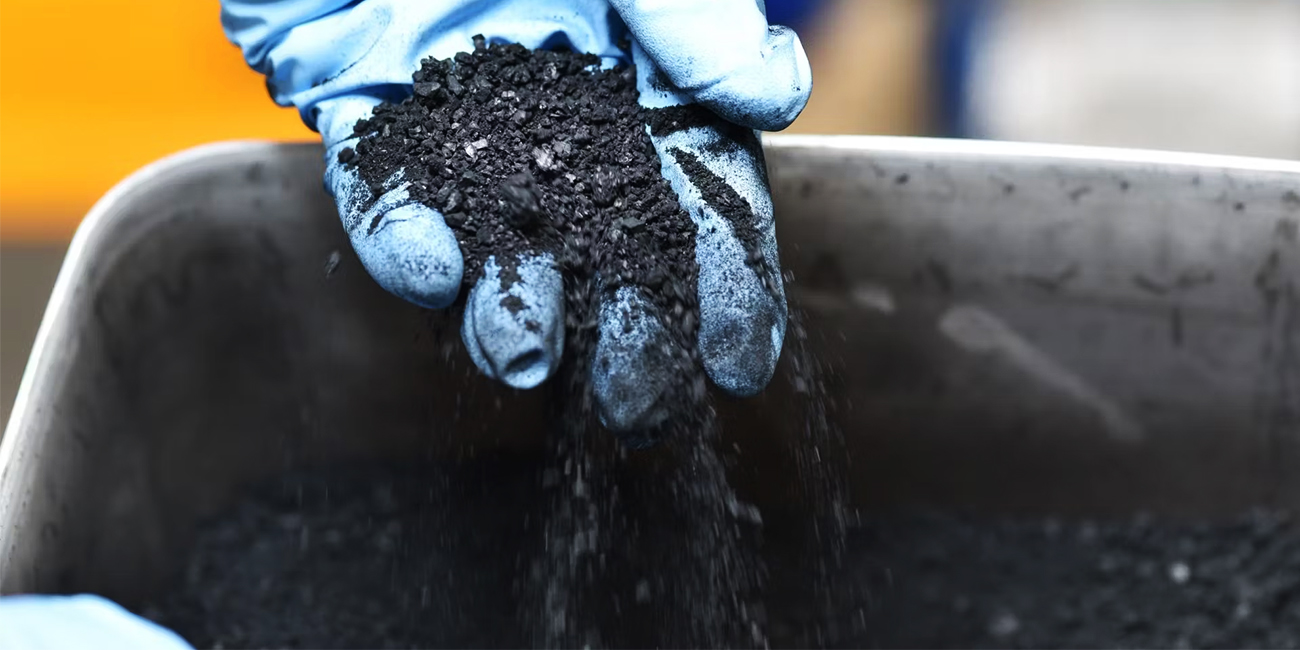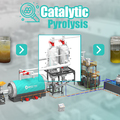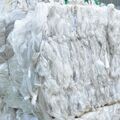Recovered Carbon Black (rCB) has emerged as a valuable material with increasing demand across various industries. Derived from the tyre pyrolysis process, rCB offers a sustainable alternative to traditional carbon black, providing both economic and environmental benefits. This article explores why rCB is a valuable material, particularly in the context of tyre pyrolysis, and its applications in different sectors.
Understanding Tyre Pyrolysis
Tyre pyrolysis is a thermochemical process that involves the thermal decomposition of end-of-life tyres in an oxygen-deficient environment. The process breaks down the tyres into several byproducts, including pyrolysis oil, steel wire, gas, and char. The char, when further processed, yields recovered carbon black (rCB), a substance with properties similar to virgin carbon black.
The Pyrolysis Process
The tyre pyrolysis process typically occurs in a controlled environment at high temperatures, usually ranging between 300°C and 700°C. The absence of oxygen prevents combustion, allowing the tyres to decompose into their constituent components. The char produced during this process contains a significant amount of carbon, which, after undergoing further refining, results in rCB.
Environmental Significance
Tyre pyrolysis provides an environmentally friendly solution to the disposal of waste tyres, which are a significant environmental concern globally. By converting waste tyres into useful byproducts like rCB, tyre pyrolysis equipment not only reduces the environmental impact but also contributes to resource recovery and sustainability.
Properties of Recovered Carbon Black (rCB)
Recovered carbon black shares many properties with virgin carbon black, making it a viable substitute in various applications. These properties include:
Particle Size and Surface Area
The particle size of rCB is generally within the range of 20 to 50 nanometers, similar to that of virgin carbon black. The surface area of rCB is also comparable, which is crucial for applications where surface interaction is key, such as in rubber reinforcement and coatings.
Structure and Morphology
rCB has a complex structure characterized by aggregated particles. This structure enhances its reinforcing capabilities when used in rubber and other polymer matrices. The morphology of rCB also contributes to its effectiveness as a filler in various applications.
Conductive Properties
Due to its high carbon content, rCB exhibits good electrical conductivity. This property makes it suitable for use in conductive applications, including electronic components, antistatic coatings, and conductive polymers.
Applications of rCB
The versatility of rCB makes it a valuable material across several industries. Its applications include:
Rubber Industry
One of the primary applications of rCB is in the rubber industry, particularly in the production of tyres. rCB is used as a reinforcing filler in rubber compounds, enhancing the mechanical properties of the final product. Its use in tyre production contributes to the circular economy by enabling the recycling of end-of-life tyres into new tyres.
Plastics and Polymers
In the plastics industry, rCB is used as a colorant and filler. Its high tinting strength and ability to improve the mechanical properties of plastics make it a popular choice in the production of plastic products. Additionally, rCB's UV resistance enhances the durability of plastic products exposed to sunlight.
Coatings and Inks
rCB is also used in the production of coatings and inks. Its fine particle size and high surface area contribute to the uniform dispersion of pigments in coatings, resulting in a smooth and consistent finish. In inks, rCB provides deep black coloration and improved printability.
Construction Materials
In the construction industry, rCB is incorporated into asphalt and concrete mixtures. Its addition enhances the durability and performance of these materials, particularly in terms of resistance to wear and weathering. rCB-modified asphalt, for example, offers improved resistance to rutting and cracking.
Energy Storage
rCB's conductive properties make it a potential material for energy storage applications, such as in batteries and supercapacitors. Its ability to enhance the conductivity of electrode materials can lead to improved performance and efficiency in energy storage devices.

Economic and Environmental Benefits of rCB
The use of rCB offers several economic and environmental benefits that contribute to its growing popularity:
Cost-Effectiveness
rCB is a cost-effective alternative to virgin carbon black. The production of rCB from waste tyres involves lower costs compared to the production of virgin carbon black from fossil fuels. This cost advantage makes rCB an attractive option for manufacturers looking to reduce production costs without compromising on quality.
Resource Conservation
By utilizing waste tyres as a feedstock for rCB production, tyre pyrolysis helps conserve natural resources. The process reduces the demand for virgin carbon black, which is typically derived from non-renewable fossil fuels. This conservation of resources is a critical aspect of sustainable development.
Reduced Carbon Footprint
The production of rCB has a lower carbon footprint compared to virgin carbon black production. Tyre pyrolysis is a less energy-intensive process, and the use of waste materials further reduces the environmental impact. This reduction in carbon emissions is significant in efforts to combat climate change and promote environmental sustainability.
Waste Reduction
rCB production contributes to the reduction of waste by diverting end-of-life tyres from landfills. The tyre recycling pyrolysis plant provides a solution to the growing problem of tyre waste, which poses environmental and health risks. By converting waste tyres into valuable rCB, the process supports waste management efforts and promotes circular economy principles.
Challenges and Future Outlook
Despite its advantages, the use of rCB faces several challenges:
Quality Consistency
Ensuring consistent quality in rCB production can be challenging due to variations in the feedstock and pyrolysis conditions. Manufacturers need to implement stringent quality control measures to ensure that rCB meets the required specifications for various applications.
Market Acceptance
While rCB is gaining acceptance in various industries, some manufacturers may still prefer virgin carbon black due to concerns about performance consistency. Increasing awareness of the benefits of rCB and demonstrating its efficacy through research and development will be crucial in expanding its market share.
Technological Advancements
The future of rCB depends on continued advancements in tyre pyrolysis technology. Improvements in pyrolysis processes and the development of new refining techniques will enhance the quality and performance of rCB, making it an even more valuable material.
Conclusion
Recovered carbon black (rCB) from tyre pyrolysis is a valuable material with numerous applications across industries. Its properties make it a viable alternative to virgin carbon black, offering both economic and environmental benefits. As the demand for sustainable materials grows, rCB's role in promoting resource conservation, reducing carbon footprint, and supporting circular economy principles will become increasingly important. Addressing the challenges associated with rCB production and continuing to advance pyrolysis technology will be key to unlocking its full potential in the years to come.





